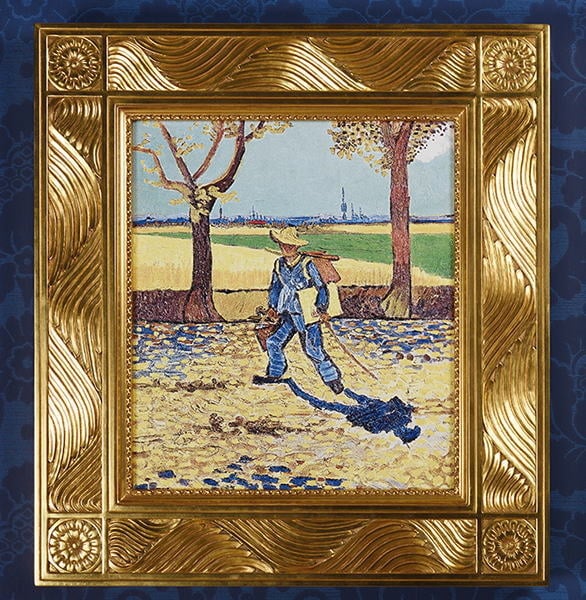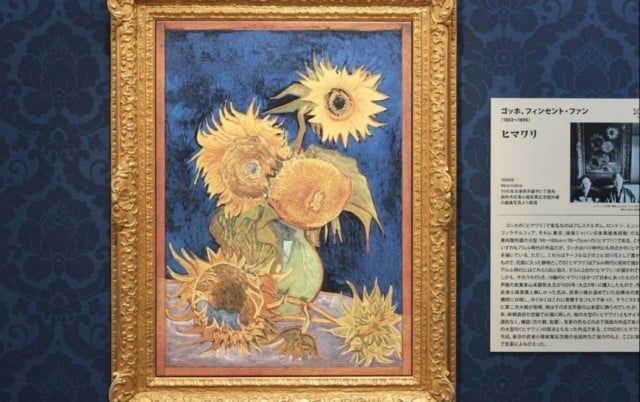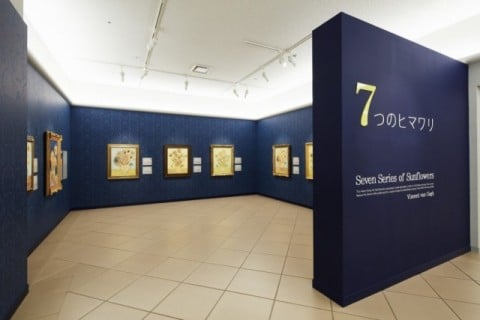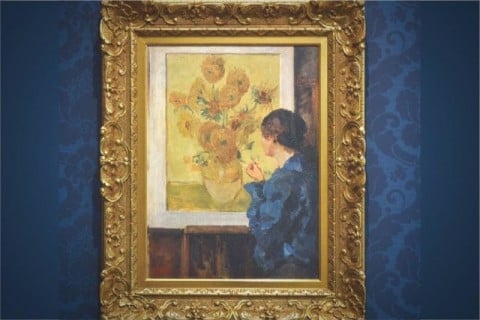Gogh product "The artist on the road to Tarascon" additional display
It was Sue board, and it followed strange fate in the middle of World War 2, and disappeared but reappeared and opened it to the public from 2018/11/3, and permanent construction displayed whole body Self-portrait "The artist on the road to Tarascon" of the Gogh one and only that the Otsuka Museum of Art to the actual size.
Kaiser Friedrich Museum of city Magdeburg of former East Germany (existing Magdeburg culture history Museum ) possessed this work in the last years of World War 2 and evacuated it in 1943 in the huge salt mine in the depth of approximately 460m below ground to escape from an air strike. Afterwards, this ground was released by U.S. forces, and some works were discovered, but this work has disappeared like an art without being found. It is said that what a further basement searches for is impossible without being allowed even to look for destination until East-West unification of 1990 in Germany because it was East Germany domain because it is dangerous to what enter the salt mine now.
It is Van Gogh's reproduction in 2014 that Otsuka Museum of Art reproduces the lost masterpiece "The Sunflower" of the illusion it is the second work. Because I can store the Ceramic Art Board semipermanently without a color being discolored, I think that I can contribute to the way of the record preservation of not only the appreciation experience at the actual size but also the cultural assets very much.
With work "The artist on the road to Tarascon"
Gogh who moved to Arles from Paris in 1888 is attracted by Monma Joule monastery and the neighboring scenery to rise on the small hill and writes it down in the letter to younger brother Theo saying "I visited this ground 50 times" or more. It is thought with a figure on the way that the popular name which is a house at the time goes out in sketching as for the Self-portrait drawn on this work to the monastery through tarasukon way from "a yellow house".
Vincent van Gogh (1853-1890)
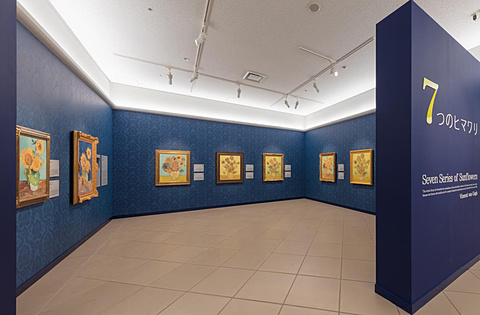
▲ Van Gogh "Seven Sunflowers"
In 1853, he was born as a son of the clergyman in village float zunderuto in southern Netherlands. He wanted to be a clergyman, but faile, and at the age of 27 started on the way of the painter. He emigrated to southern France Arles counting on younger brother Theo of the art dealer before long to Paris. He begin cohabitation with close friend Gauguin, but failed in 2 months. Afterwards, he suffered from disease of mind and took his own life by himself in overu shuru Oise and died at 37 years old. It was the short painter life of 10 years, but the work is loved by many people. In 2018/3, for the 20th anniversary of the museum, the Otsuka Museum of Art reproduced7 points of "Sunflower" of the vase and displays them together.
Magdeburg culture history Museum
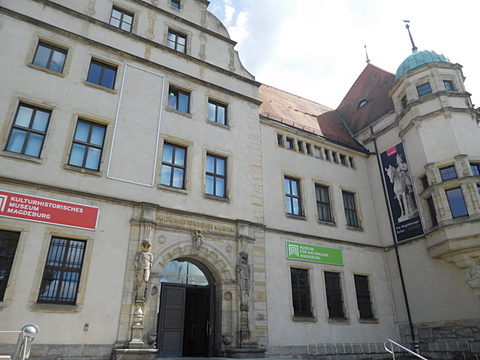
▲ Appearance
The art museum which was opened in 1906 in the German Sachsen = Ann Hald state. Magdeburg prospered in salt, sugar, military industry, and it ever purchased a work of Klimt and Cezanne to make use for citizen's cultural education based on the rich fund which I got in these business. "The artist on the road to Tarascon" is the work which I purchased from an art dealer of Berlin with 1 piece in 1912 of those.

